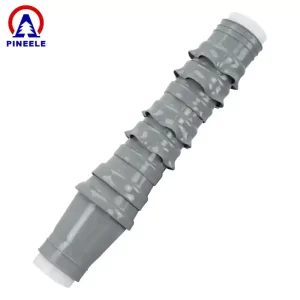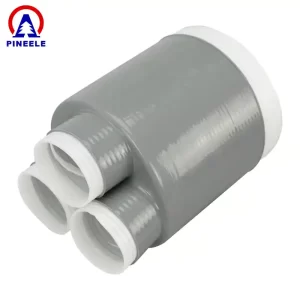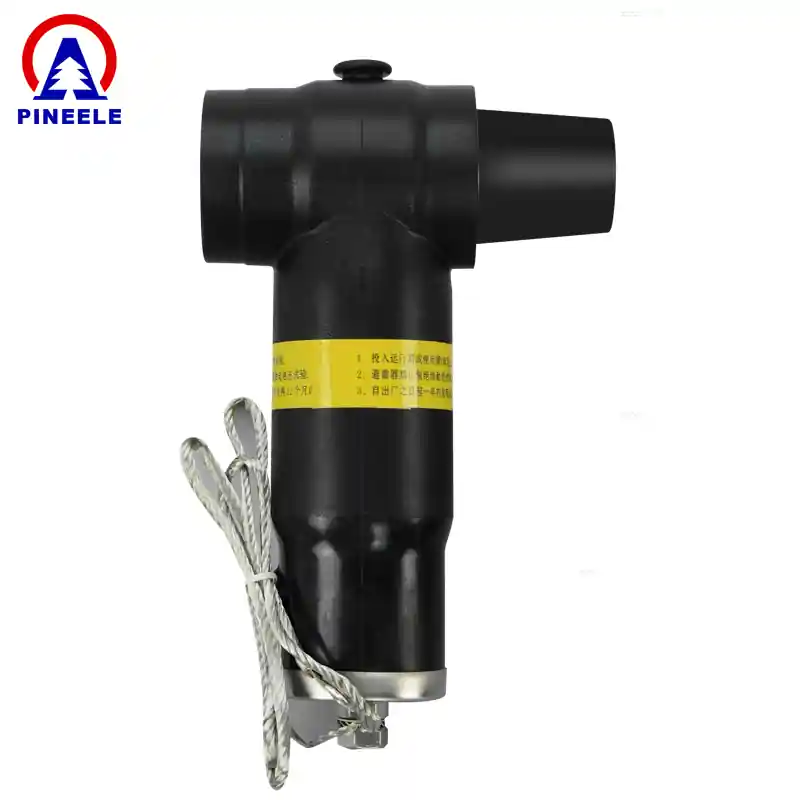
Introduction
A Separable Cable Connector is a specialized device used to connect medium-voltage (MV) power cables to switchgear, transformers, or other electrical equipment. As the name suggests, it offers a detachable (plug-and-play) interface that allows cables to be safely connected or disconnected without exposing live conductors. Separable connectors play a vital role in underground and compact electrical networks where flexibility, safety, and maintenance accessibility are essential.
What Is a Separable Cable Connector?
Separable connectors are elbow- or straight-shaped insulated terminations designed for loadbreak atau deadbreak applications. They are typically manufactured from EPDM or silicone rubber and are tested to withstand high voltages (e.g., 12kV, 24kV, 36kV). These connectors enable rapid connection to bushings, T-joints, and equipment enclosures with minimum downtime.
Aplikasi
- Unit Utama Cincin (RMU)
- Pad-mounted and compact substations
- Medium-voltage transformers (indoor and outdoor)
- Underground cable networks
- Renewable energy systems (wind/solar farms)
They are ideal for both urban grid systems and remote installations requiring compact layouts and quick disconnection options.
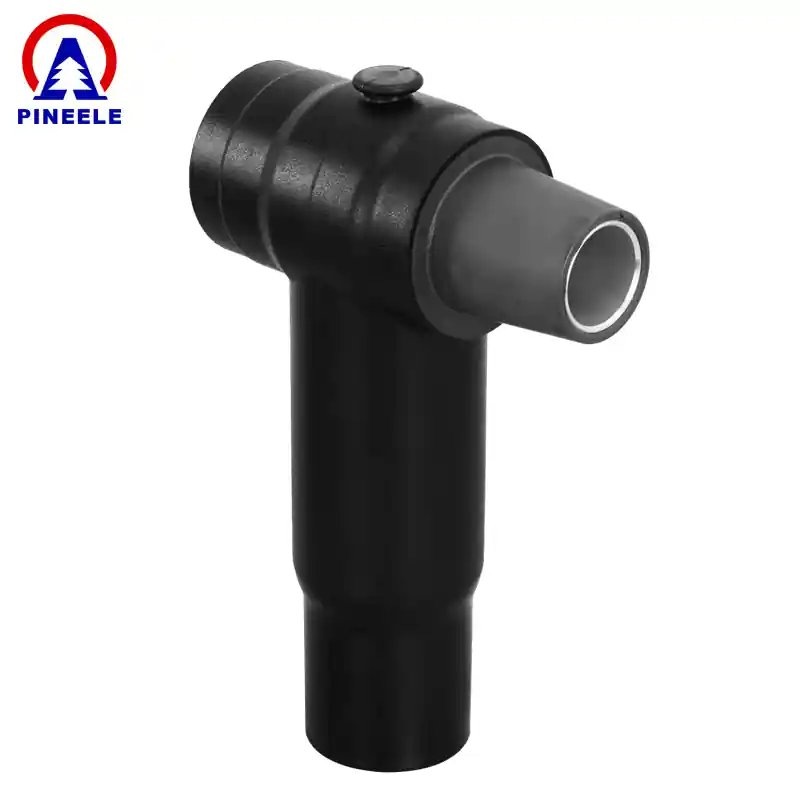
Industry Insights
With the global shift toward smart and underground distribution systems, the use of separable connectors has surged. According to IEEE Xplore, separable connections significantly reduce system downtime and minimize the need for specialized tools during maintenance. Utility companies and OEMs like ABB, TE Connectivitydan Schneider Electric have adopted separable connector systems in modular grid designs, citing enhanced safety and reusability.
Technical Specifications (Example)
- Rated Voltage: 12kV, 24kV, 36kV
- Current Rating: 250A, 630A, up to 1250A
- Connector Type: Loadbreak / Deadbreak
- Insulation: EPDM or silicone rubber
- Test Standards: IEC 60502-4, IEEE 386, EN 50180/50181
- Interface Types: Type A, B, C, D bushings
- Protection Level: IP67 (waterproof and dustproof)
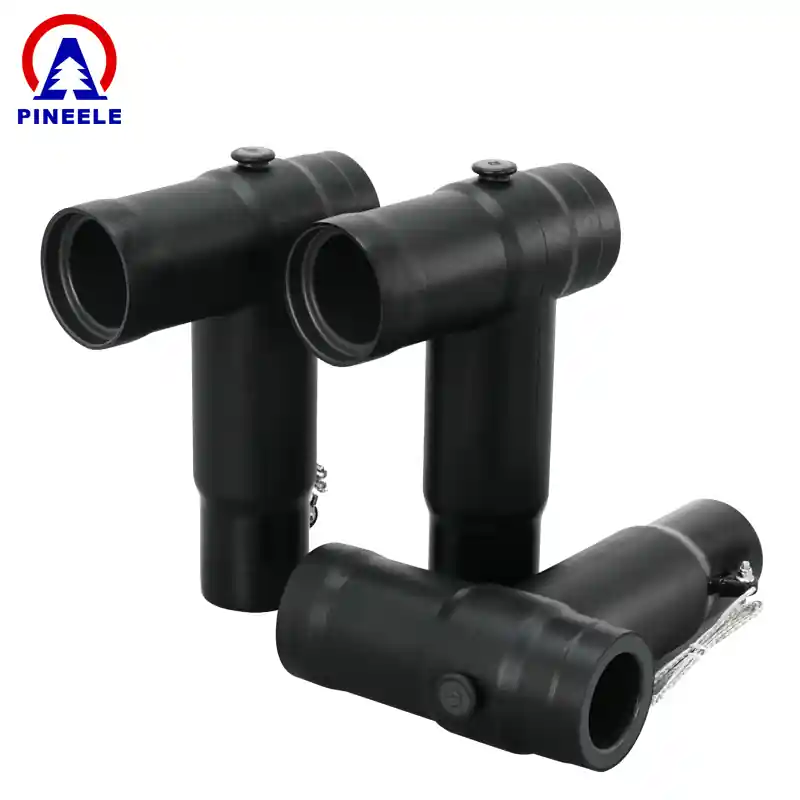
Advantages Over Traditional Cable Terminations
- Plug-and-play convenience: Enables fast installation and reconfiguration
- Enhanced safety: Fully insulated and touch-proof
- Reduced footprint: Ideal for compact substations and switchgear
- Minimal maintenance: Resistant to moisture, UV, and chemical exposure
- Interoperable: Compatible with IEC/IEEE-standard bushings
Selection & Installation Guidance
To select the correct separable cable connector:
- Identify voltage and current ratings
- Specify insulation type (XLPE/EPR)
- Determine conductor size (e.g., 25–400 mm²)
- Confirm interface type (bushing classification)
- Indicate installation environment (indoor/outdoor, wet/dry)
Proper cable preparation and torque-controlled installation tools are essential for optimal performance. Many manufacturers offer training and field support.
Compliance & Certification
- IEC 60502-4: Cable accessories for rated voltages up to 36kV
- IEEE 386: Standard for separable insulated connector systems
- EN 50180/50181: Bushings interface dimensions
- Widely accepted by ABB, Eaton, Siemens, and other global manufacturers
Pertanyaan Umum
A: Loadbreak connectors can be safely disconnected under live load, while deadbreak connectors must be de-energized before separation.
A: Yes, they are designed for multiple mating cycles, provided they are not damaged and reinstallation guidelines are followed.
A: Absolutely. They are built with robust insulation and waterproof housings suitable for harsh environmental conditions.
Separable Cable Connectors offer a flexible, safe, and efficient method to manage medium-voltage cable terminations in both indoor and outdoor settings. Their modular design supports system upgrades, fault isolation, and faster deployment in modern power networks. Whether in smart grids, renewable energy systems, or compact substations, separable connectors provide long-term reliability and operational convenience.
